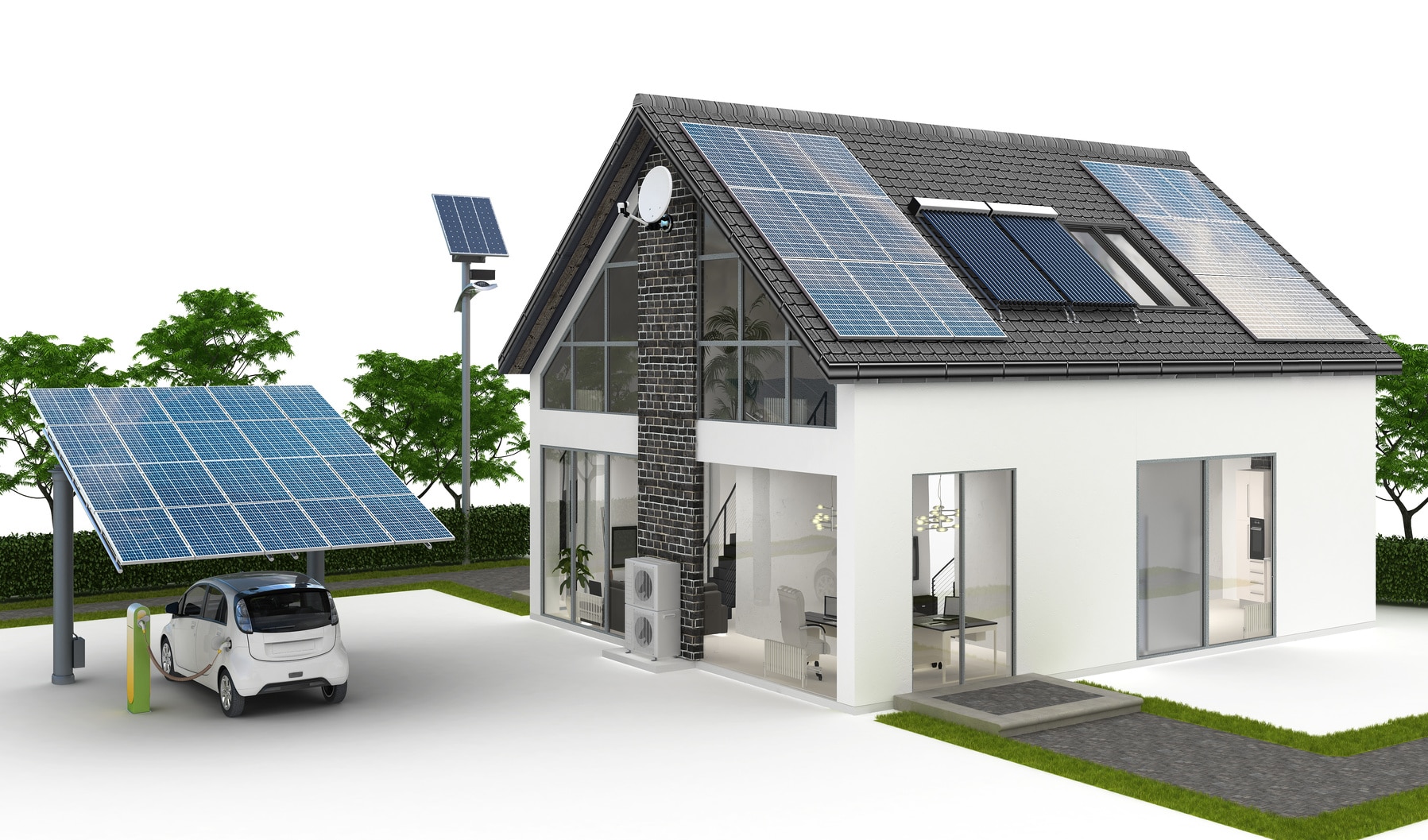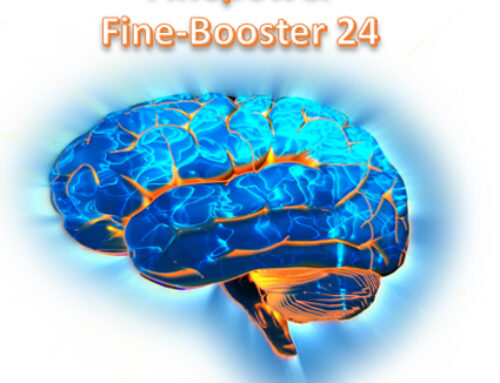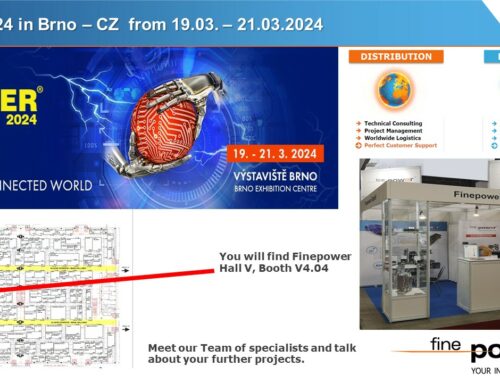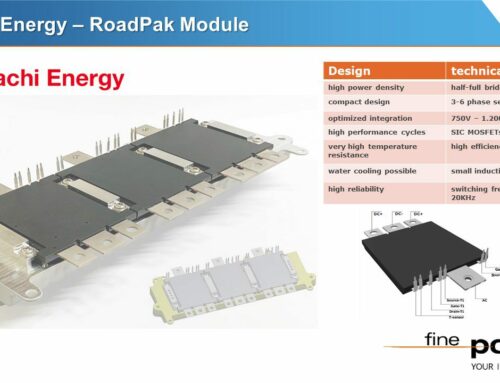In order to achieve the climate targets, the focus is increasingly on renewable energies. Electricity from wind, water and the sun is not continuously available, which makes intermediate storage, for example in batteries, necessary. Naturally, as little energy as possible should be lost during storage and refeeding.
Karl Jäger, Senior Development Engineer, and Tobias Herrmann, Field Application Engineer & Marketing Manager at Finepower, present the H-bridge multi-level topology, CHB (Cascaded H-Bridge Converter), in their technical article published in the current issue of Markt und Technik (01-02/2020).
Cascaded H-bridge multi-level topology
Today, the most common battery storage systems use 3-phase inverters based on the actively switched B6 topology or 3-level inverters. Such battery storage systems achieve efficiencies of about 97 percent due to high DC voltages with high frequencies and subsequent filtering. However, battery storage systems based on cascaded h-bridge multi-level topology, CHB (Cascaded H-Bridge Converter), achieve efficiencies of up to 99.4 percent.
A clear advantage of a battery storage system with a cascaded, modular design of the converter modules refers to the failure of an inverter or battery pack. The system can continue to operate with minimally reduced DC voltage. The battery voltage per module is less than 60 V DC, which means that repairs can be carried out without life-threatening voltage.
Further advantages of a battery storage system with a CHB (Cascaded H-Bridge Converter) compared to classical converters
If one assumes that a battery storage system consists of two single inverter modules compared to a classic inverter, i.e. a single-phase full bridge inverter, each module only has to be clocked half as fast with the same effective switching frequency if it is driven 180 degrees out of phase.
Further advantages of a Cascaded H-Bridge Converter
- doubling of the resulting clock frequency
- halving the switching losses
- switching losses are reduced again by a factor of about 4
The respective advantages of the battery storage systems depend on the available MOSFET switches in the respective voltage classes. However, the greatest advantage of the h-bridge multi-level topology (CHB) is the limited redundancy of the system, since it can continue to operate with slightly reduced power in the event of module failure. In addition, the H-bridges can be placed close to the battery packs, so that the pulse currents considerably reduce high interference radiation.
Disadvantages of a battery storage system with the H-bridge multi-level topology
The most obvious disadvantage of a battery storage system with CHB, is the high number of switching transistors. These of course depend on the modules used. If one would implement a device with the same performance with a B6 bridge, for example, one would use SiC modules, whereby no significant cost advantage can be seen at first glance. The actual cost advantage only become clear when the high control effort and monitoring of the multi-level inverter is included in the calculation.
The h-bridge multi-level topology in practice
As already mentioned, the h-bridge multi-level topology has incomparable advantages, which are multiplied by the factor of the number of modules used. However, one should not ignore the associated effort, which also multiplies. Therefore, as almost always, no generally valid recommendation can be made here either.
So whether the use of an h-bridge multi-level topology in a battery storage system is worthwhile depends on various factors such as:
- the desired performance
- type of battery packs used
- voltage class used
You can read these and other factors as well as the complete detailed article from Markt und Technik here as a PDF version .






